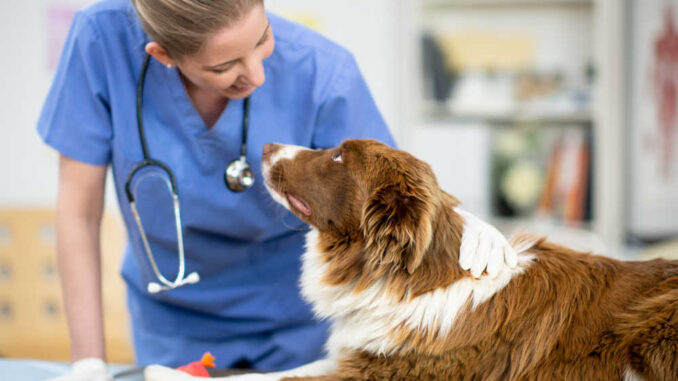
This article was updated on August 26th, 2023
Most of the time, seeing a clear jelly-like discharge from your female dog is a sign that everything is working normally and is the dog’s way of self-cleaning. Seeing clear discharge may be alarming but shouldn’t make you want to call your vet unless it’s accompanied by other signs, such as an odor, lethargy, excessive licking, or other changes.
Should I worry if I see a clear discharge from my female dog?
While it’s more for clear vaginal discharge in female dogs to be normal, it may also be a sign of disease or illness. It’s natural to be concerned, and though clear discharge alone may not necessarily indicate a severe problem, it’s crucial to observe your dog closely. In this article, we will review when a clear discharge is normal and when it is a cause for concern.
When is a clear discharge normal?
For most female dogs, clear discharge is just a normal part of life. That goes for spayed, intact, and pregnant dogs. You see, the vagina, and other reproductive organs in the case of intact dogs, uses this clear mucous as a way of clearing germs and other irritants out. In spayed dogs, this discharge will be in small amounts and you may not even notice it if your dog is keeping her genital area clean. See this picture of a clear discharge.
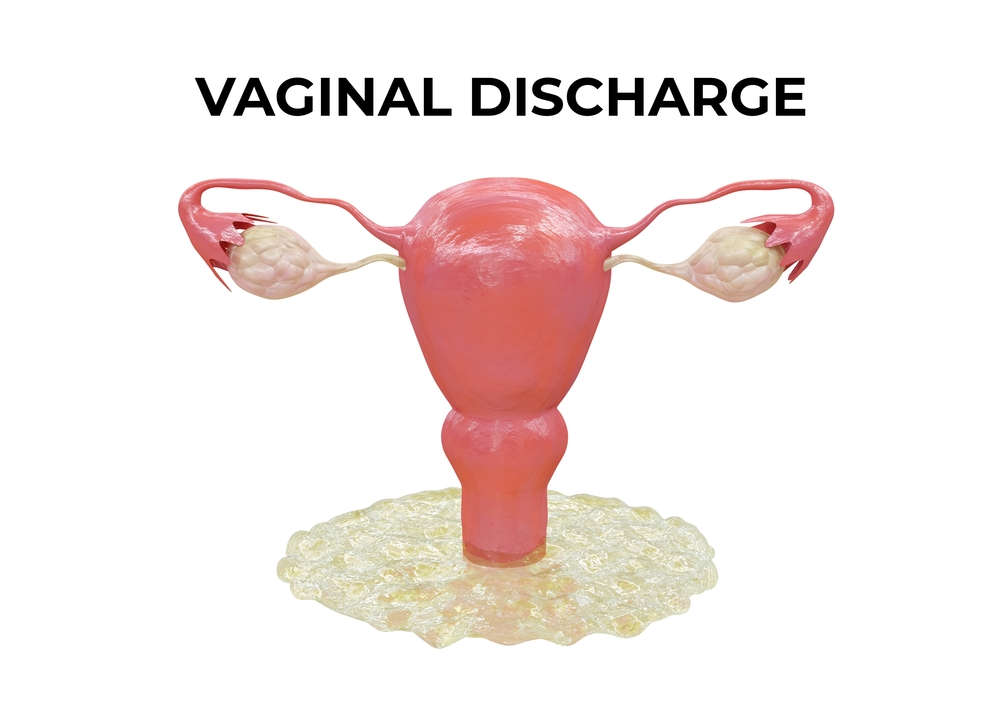
In an intact dog, a clear discharge can be a part of the normal reproductive cycle. You may notice an increase in the amount during the estrus cycle, commonly known as heat. During heat, the fluid may turn from clear to slightly bloody for a week or two.
This discharge helps facilitate breeding. However, it’s vital to differentiate a normal discharge from an abnormal situation that require veterinary attention.
In pregnant dogs, you may notice some clear jelly-like discharge as a normal part of pregnancy. Starting at about week four of gestation and continuing until whelping, you may notice a clear or slightly colored discharge that is simply the mucous plug leaking a little bit. For more on discharge during pregnancy, check out this article.
Determining whether the clear discharge is normal or concerning requires careful observation. If your dog is otherwise normal, there may not be cause for concern. This is especially true if:
- the discharge is odorless,
- the discharge is not excessive, and
- your dog appears healthy and behaves normally.
However, any changes in color, consistency, odor, or associated symptoms should be investigated further by a veterinarian.
Top causes of clear discharges in female dogs
There are several reasons for clear discharges in female dogs, including:
- Estrus cycle (heat)
- Pregnancy
- Normal cleaning
- Vaginal infection
- Urinary tract infection
- Foreign body or trauma to the vaginal area
- Hormonal imbalances
Other symptoms to keep an eye on
If you notice any of the following signs, along with clear discharge, call your veterinarian:
- Frequent urination: Frequent urination can be a symptom of several underlying conditions, including urinary tract infections, bladder stones, or even diabetes or kidney disease.
- Excessive licking of the genital area: One common cause of excessive licking is urinary tract infections, which can cause discomfort and itching in the genital area, leading to excessive licking. Vaginal infections or irritation, urinary incontinence, and several other medical conditions can also contribute to this behavior.
- Redness or swelling of the vulva: This may be a normal part of a dog’s heat cycle or could be caused by irritation.
- Lethargy, vomiting, abdominal pain, bloody diarrhea, fever: Any of these signs can indicate a serious issue.
- Foul odor: Clear discharge with an odor can indicate an infection.
When is it ok to wait and see?
If your dog’s clear discharge is mild, not accompanied by concerning symptoms, and if your dog is otherwise healthy and active, you may choose to monitor for a few days. However, it’s important to note that clear vaginal discharge accompanied by signs that indicate illness, or persistent or worsening symptoms should prompt a visit to your veterinarian.
Is there anything I can try at home to help my dog?
While it’s crucial to seek professional advice when you’re concerned about your dog’s vaginal discharge, there are some general guidelines for home care:
- Maintain hygiene. You can gently cleanse the vaginal area with warm water and a mild, pet-safe product. Avoid using harsh soaps or chemicals that may irritate the area. Trimming the hair around the area can also help minimize moisture buildup.
- Prevent your dog from excessively licking the genital area, as it can lead to further irritation or infection. Provide both mental and physical stimulation to keep your dog engaged and alleviate boredom or anxiety, which can contribute to excessive licking. For example, regular walks, interactive toys, and playtime can divert their attention.
- Ensure your dog has a clean and comfortable environment. Consider washing or swapping out bedding materials to ensure soiled bedding isn’t contributing to irritation.
Aside from basic hygiene and monitoring, home interventions aren’t recommended if you have concerns. Your veterinarian will be better equipped to treat any medical conditions.
Signs that you need to see your vet
The following signs indicate the need for prompt veterinary attention:
- Foul odor accompanying the discharge
- Persistent or worsening discharge
- Changes in behavior or appetite
- Excessive licking or discomfort in the genital area
- Swelling or redness of the vulva
- Difficulty urinating or blood in the urine
Veterinarian diagnosis
To diagnose your dog’s vaginal discharge, your veterinarian will perform a physical examination, review medical history, and may recommend laboratory tests. Diagnostic options include a vaginal cytology or culture, urinalysis, and imaging studies like ultrasound. By using these diagnostic tools, the veterinarian can identify the cause of the discharge and recommend appropriate treatment.
Treatment will depend on the cause but may include antibiotics, supportive care, or even surgery if the issue is severe.
Related posts:
Disclaimer: This website's content is not a substitute for veterinary care. Always consult with your veterinarian for healthcare decisions. Read More.



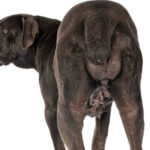




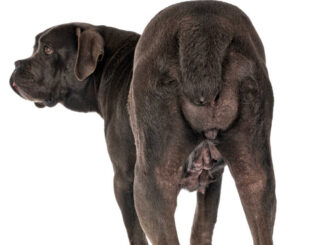
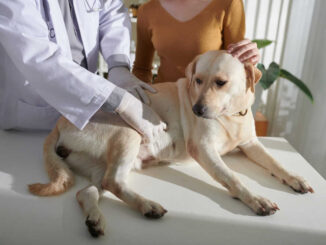

Be the first to comment